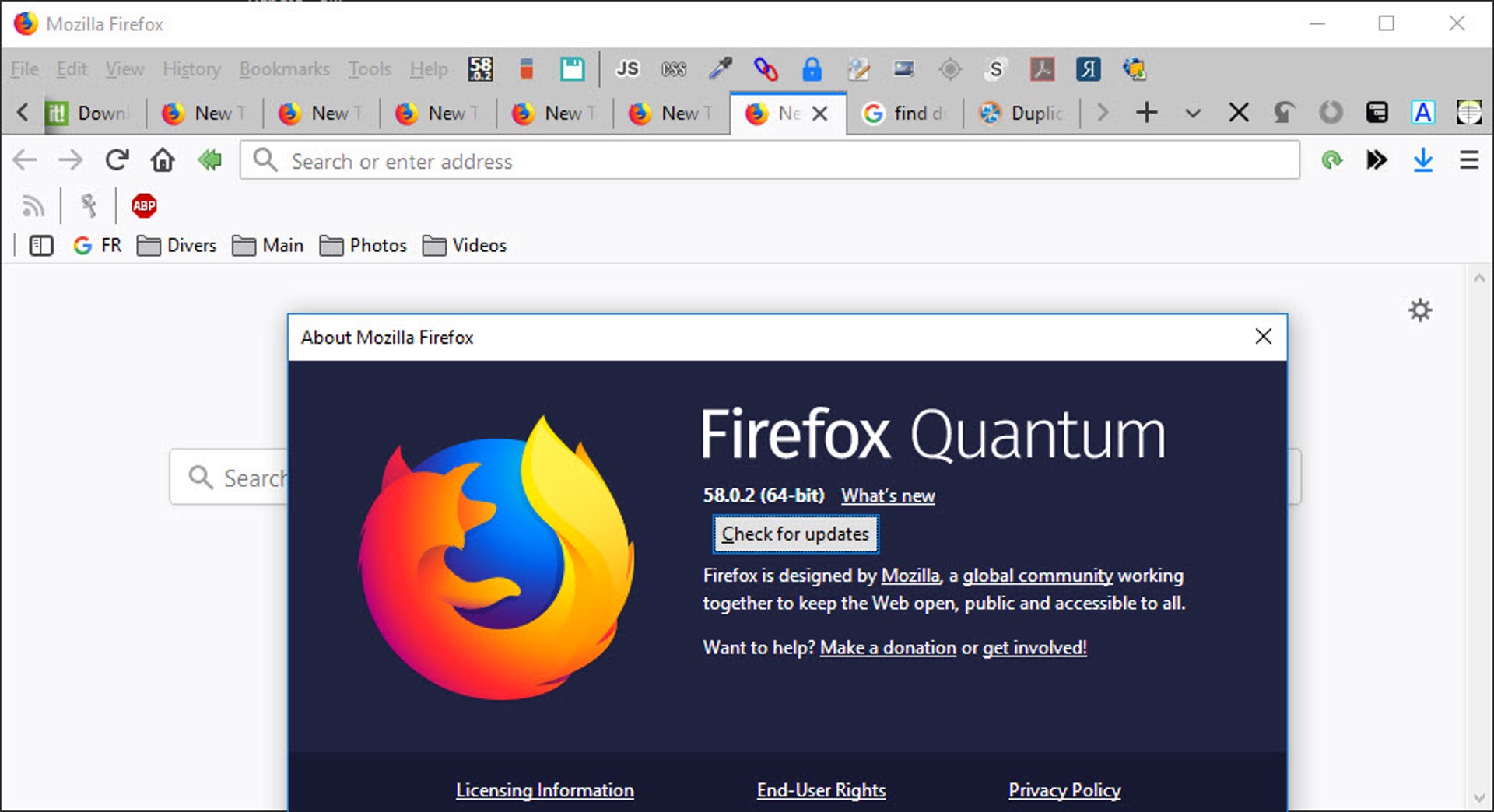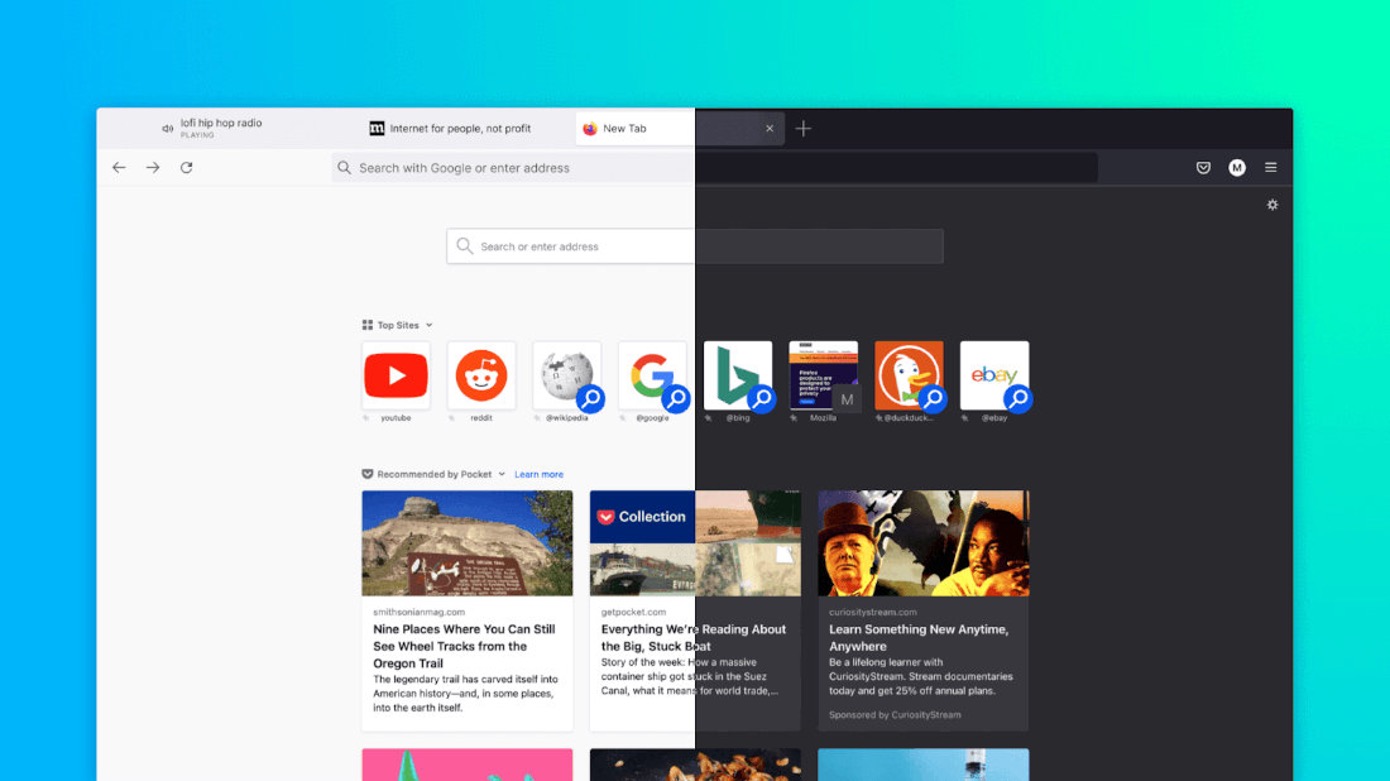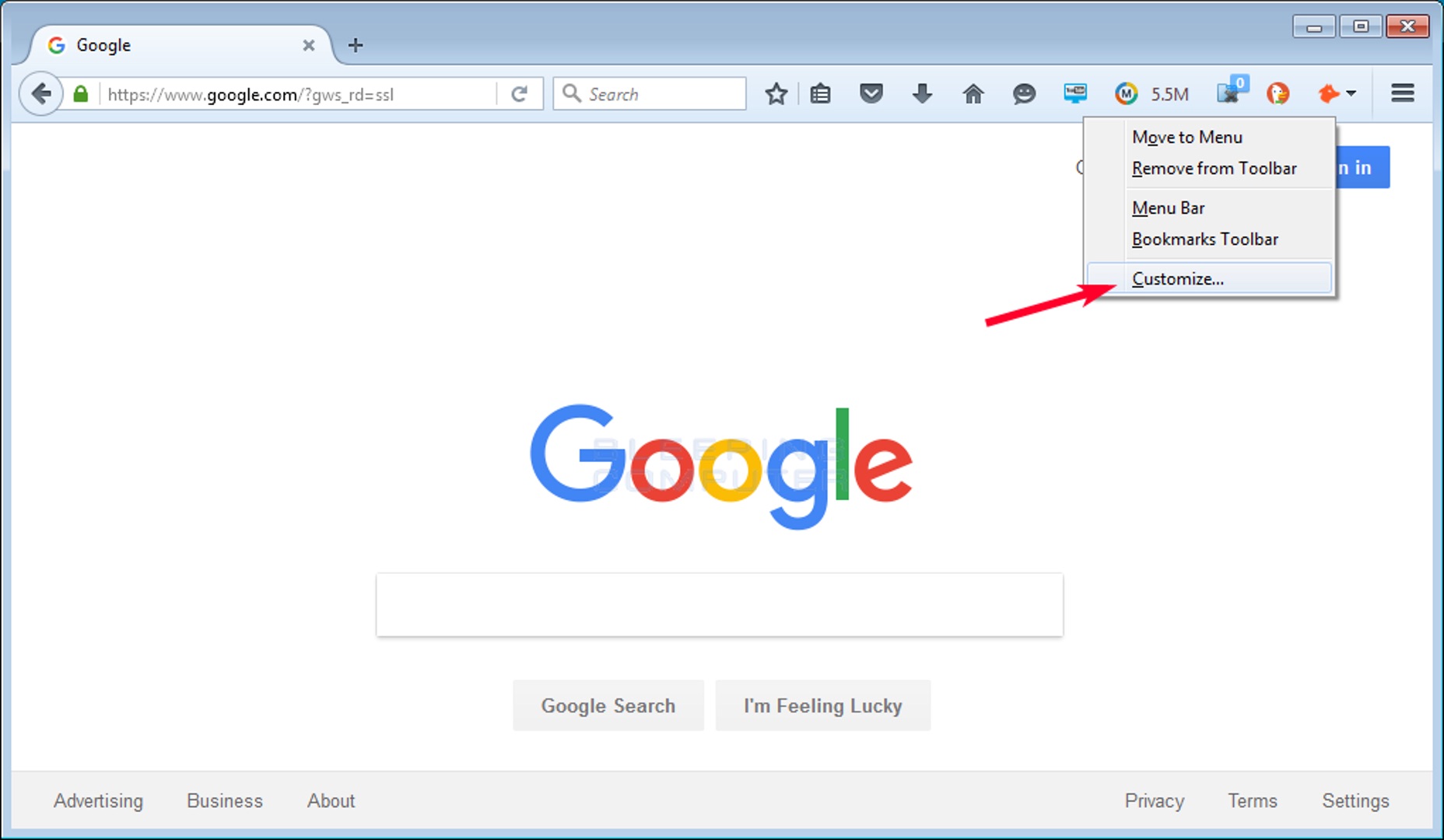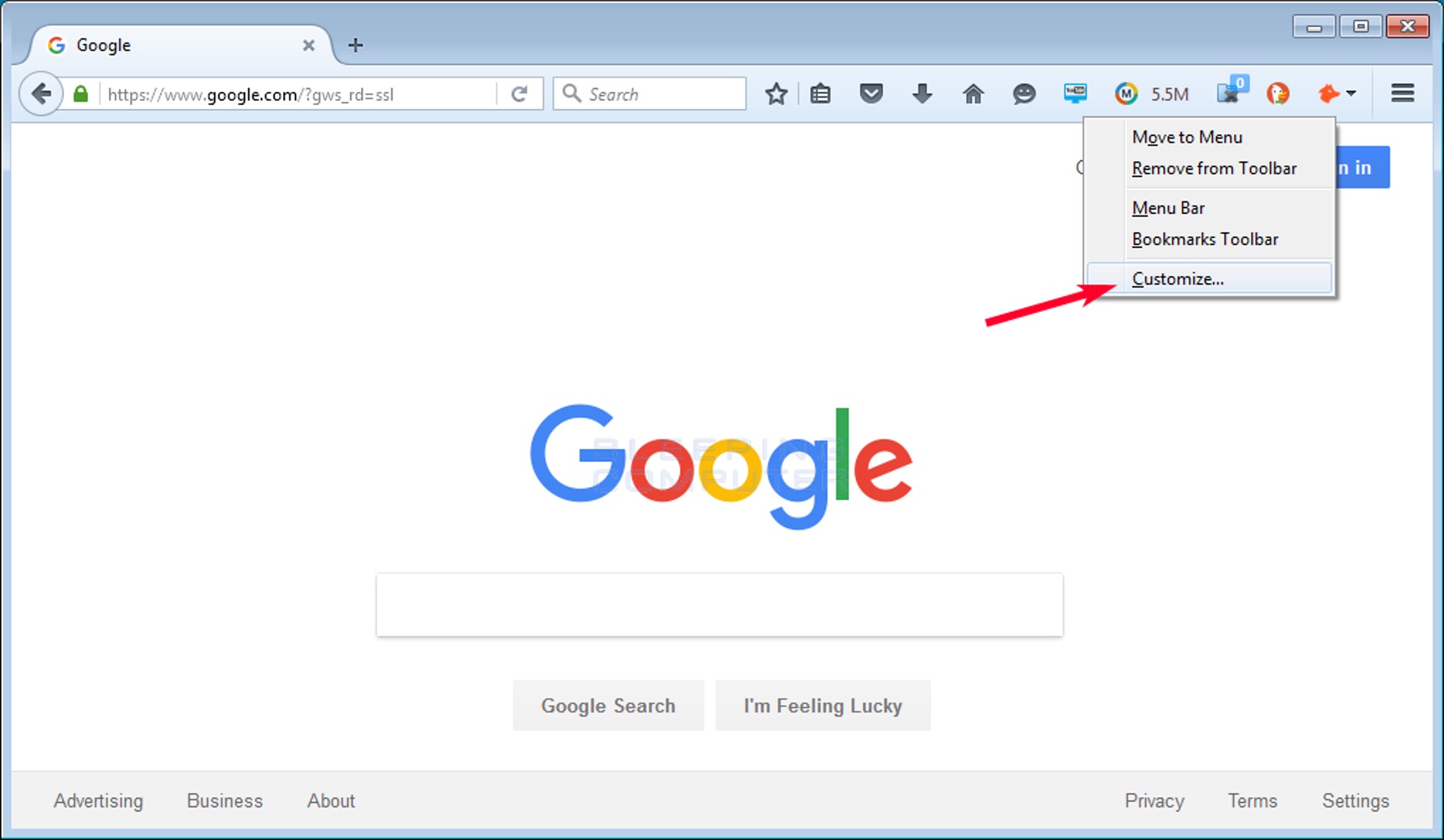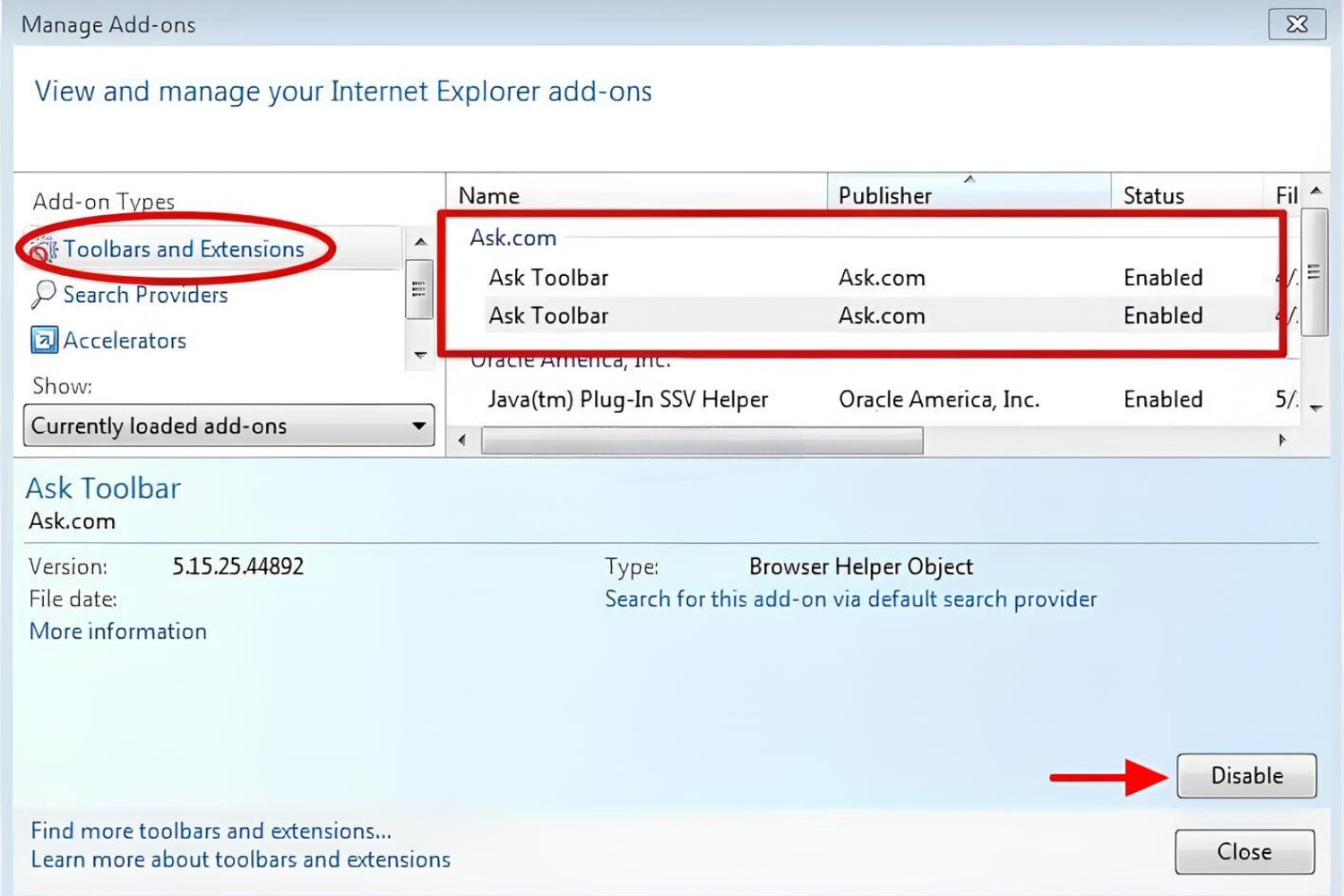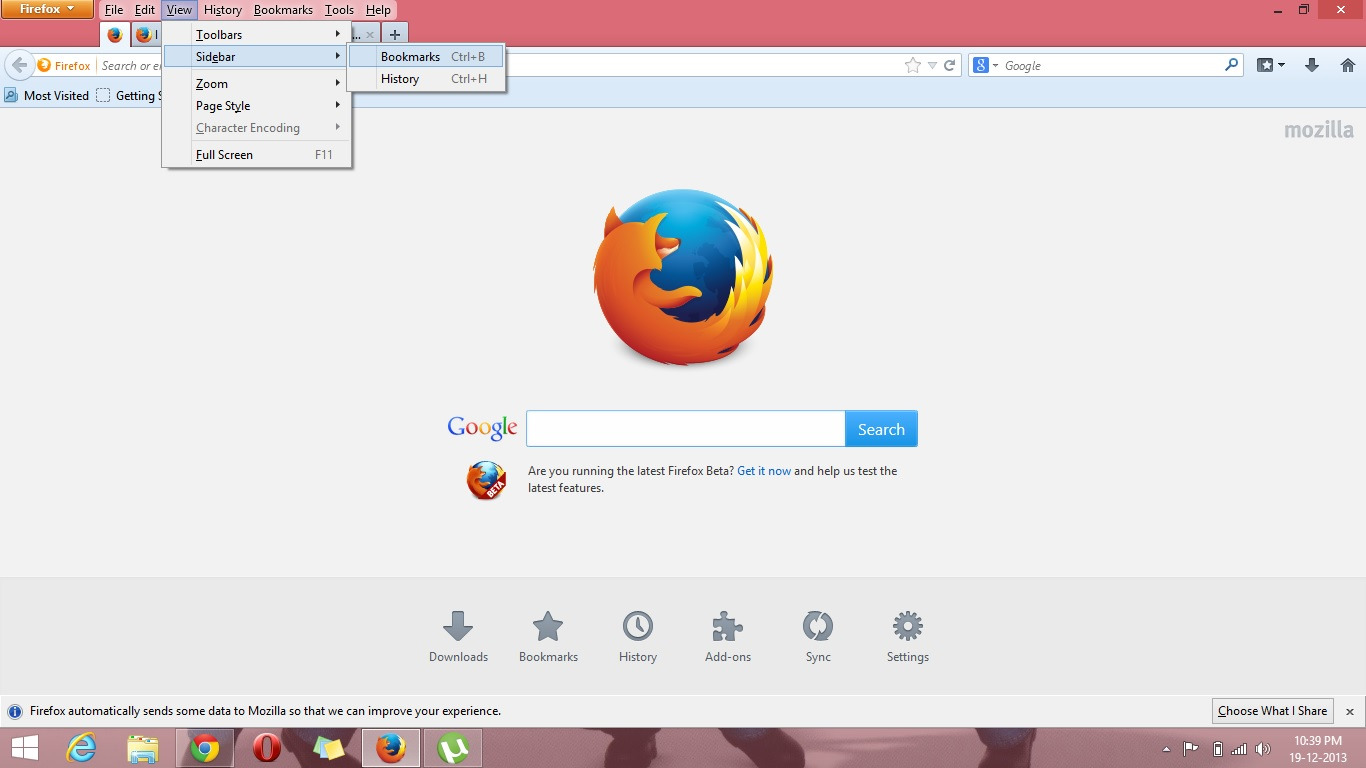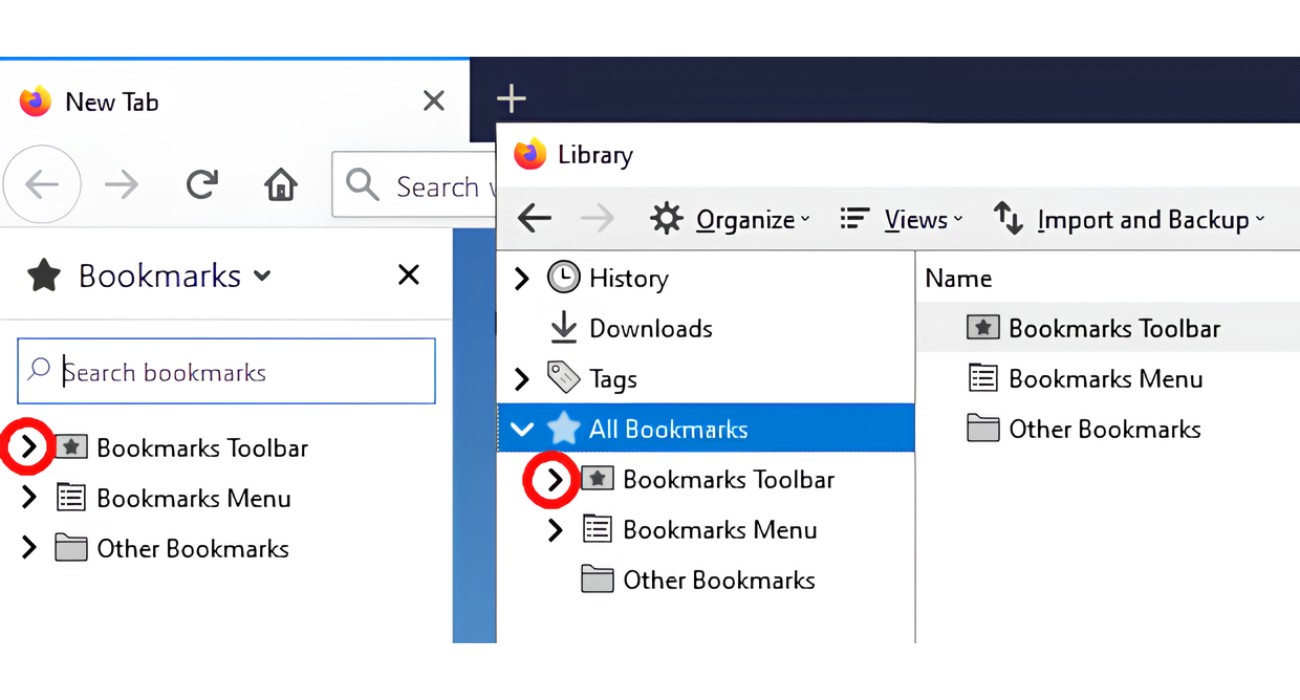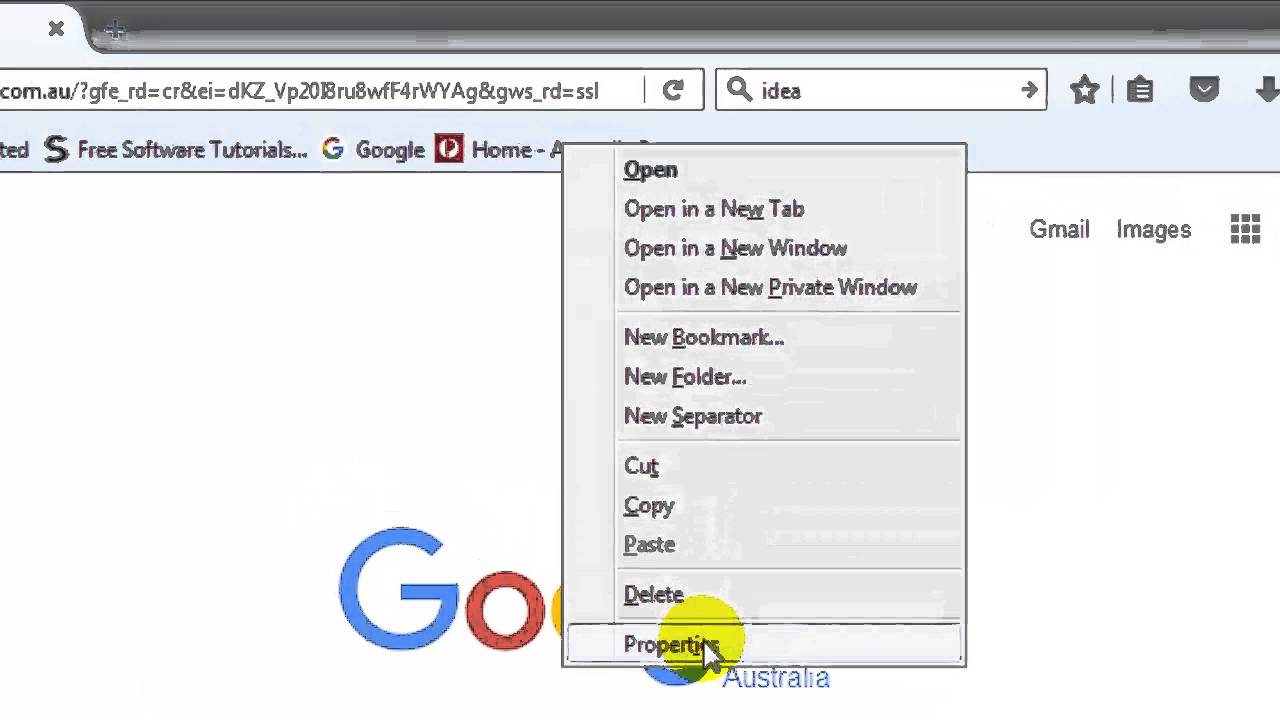Introduction
The Firefox toolbar is a vital component of the browser, providing quick access to essential features and functions. It serves as a hub for various tools, including bookmarks, history, add-ons, and settings, enabling users to navigate the web with ease and efficiency. However, there are instances when the toolbar may become hidden or accidentally removed, causing inconvenience to users. In such cases, knowing how to restore the toolbar in Firefox becomes crucial for a seamless browsing experience.
In this article, we will delve into the process of restoring the toolbar in Firefox, offering step-by-step guidance to help users regain access to the toolbar's functionalities. Whether the toolbar has vanished due to accidental customization or an update-related glitch, understanding the restoration process can alleviate frustration and empower users to optimize their browsing environment.
By exploring the intricacies of the Firefox toolbar and providing actionable solutions for its restoration, this article aims to equip readers with the knowledge and confidence to overcome toolbar-related challenges. Let's embark on this journey to unravel the mysteries of the Firefox toolbar and discover the simple yet effective methods to bring it back to the forefront of the browsing experience.
Understanding the Firefox Toolbar
The Firefox toolbar, often referred to as the "Navigation Toolbar," is a fundamental element of the browser's user interface. Positioned at the top of the browser window, it houses a collection of essential tools and features that streamline the browsing experience. This versatile toolbar serves as a central command center, offering convenient access to various functions and customization options.
Components of the Firefox Toolbar
-
Address Bar (URL Bar): Located prominently at the top of the toolbar, the address bar allows users to enter website addresses or search queries. It also provides suggestions and auto-completion based on browsing history and search engine predictions.
-
Back and Forward Buttons: Positioned adjacent to the address bar, these buttons enable users to navigate backward and forward through their browsing history, facilitating seamless traversal between web pages.
-
Reload and Stop Buttons: These buttons, often depicted as circular arrows and an "X" symbol, respectively, allow users to refresh or halt the loading of web pages, providing control over the browsing experience.
-
Bookmarks Toolbar: This section accommodates users' bookmarked websites, offering quick access to frequently visited pages and enhancing overall browsing efficiency.
-
Extensions and Add-ons: The toolbar may also feature icons or menus related to installed extensions and add-ons, empowering users to leverage additional functionalities and customization options.
Customization and Personalization
The Firefox toolbar is designed to be customizable, allowing users to tailor its appearance and contents to suit their preferences. Through simple drag-and-drop actions, users can rearrange toolbar elements, add or remove buttons, and adjust the layout to align with their browsing habits and workflow.
Role in User Experience
The toolbar plays a pivotal role in enhancing user experience by providing intuitive access to critical browser functions. Its seamless integration with other Firefox features, such as tab management, search capabilities, and security tools, contributes to a cohesive and user-friendly browsing environment.
Understanding the Firefox toolbar's components, customization potential, and impact on user experience lays the foundation for effectively restoring and optimizing its functionality. With this knowledge in hand, users can confidently navigate the restoration process and harness the full potential of the Firefox toolbar.
This comprehensive understanding of the Firefox toolbar sets the stage for the subsequent exploration of practical steps to restore the toolbar in Firefox, empowering users to reclaim its indispensable features and streamline their browsing activities.
Steps to Restore Toolbar in Firefox
Restoring the toolbar in Firefox is a straightforward process that can be accomplished through simple actions within the browser's interface. Whether the toolbar has been accidentally hidden, removed, or altered, users can follow these step-by-step instructions to bring back the essential functionalities of the Firefox toolbar.
1. Accessing the Customize Menu
To initiate the restoration process, users should first access the "Customize" menu within Firefox. This can be done by clicking on the three horizontal lines in the upper-right corner of the browser window to open the main menu. From the dropdown list, select "Customize" to enter the customization mode.
2. Restoring Default Toolbar Configuration
Once in the customization mode, users can locate the "Restore Defaults" option, typically positioned in the lower-right corner of the screen. Clicking on this option will revert the toolbar to its default configuration, effectively restoring any missing or hidden elements to their original positions.
3. Adding or Removing Toolbar Components
In the customization mode, users have the flexibility to further customize the toolbar by adding or removing specific components based on their preferences. By dragging and dropping items such as the address bar, bookmarks toolbar, or additional buttons from the customization palette to the toolbar area, users can tailor the layout to align with their browsing habits.
4. Confirming the Restoration
After making any desired adjustments, users can finalize the restoration process by clicking the "Done" button in the customization mode. This action saves the changes and exits the customization interface, ensuring that the toolbar reflects the user's preferred configuration.
5. Utilizing Keyboard Shortcuts
In the event that the toolbar remains inaccessible or unresponsive, users can utilize keyboard shortcuts to navigate the browser's menu options. Pressing the "Alt" key on the keyboard activates the menu bar, allowing users to access the "View" menu and select the "Toolbars" option to restore the toolbar.
By following these straightforward steps, users can effectively restore the toolbar in Firefox, ensuring seamless access to essential browsing tools and features. Whether it involves resetting the toolbar to its default layout or customizing its components to suit individual preferences, the restoration process empowers users to optimize their browsing experience and leverage the full potential of the Firefox toolbar.
This comprehensive guide equips users with the knowledge and practical insights needed to navigate the restoration process with confidence, fostering a seamless and personalized browsing environment within the Firefox browser.
Conclusion
In conclusion, the Firefox toolbar stands as a cornerstone of the browsing experience, offering a centralized hub for essential tools and functionalities. Its role in streamlining navigation, providing quick access to bookmarks, and facilitating customization underscores its significance in enhancing user productivity and convenience.
By understanding the components and customization potential of the Firefox toolbar, users gain insight into its versatile nature and the impact it has on their browsing activities. The ability to restore the toolbar through simple yet effective steps empowers users to overcome challenges related to its visibility or configuration, ensuring uninterrupted access to critical browser features.
The step-by-step restoration process outlined in this article equips users with the knowledge and confidence to navigate the customization interface, revert to default toolbar settings, and tailor the toolbar layout to align with their preferences. Whether it involves bringing back hidden elements or fine-tuning the toolbar's composition, users can leverage these insights to optimize their browsing environment and harness the full potential of the Firefox toolbar.
Ultimately, the restoration of the Firefox toolbar serves as a testament to the browser's user-centric design, offering flexibility and control to users in shaping their browsing interface. By seamlessly integrating essential tools and customization options, the toolbar contributes to a cohesive and personalized browsing experience, empowering users to navigate the web with ease and efficiency.
As users embark on their browsing journeys, armed with the knowledge and practical guidance provided in this article, they can approach toolbar restoration with confidence, knowing that they hold the key to unlocking the full spectrum of browsing capabilities within the Firefox browser. With the toolbar reinstated and customized to their preferences, users can navigate the digital landscape with enhanced convenience and productivity, embracing the power of a fully optimized browsing environment.
In essence, the restoration of the Firefox toolbar transcends a mere technical process; it embodies the empowerment of users to shape their browsing experience according to their unique needs and preferences, fostering a seamless and personalized connection with the digital world.







